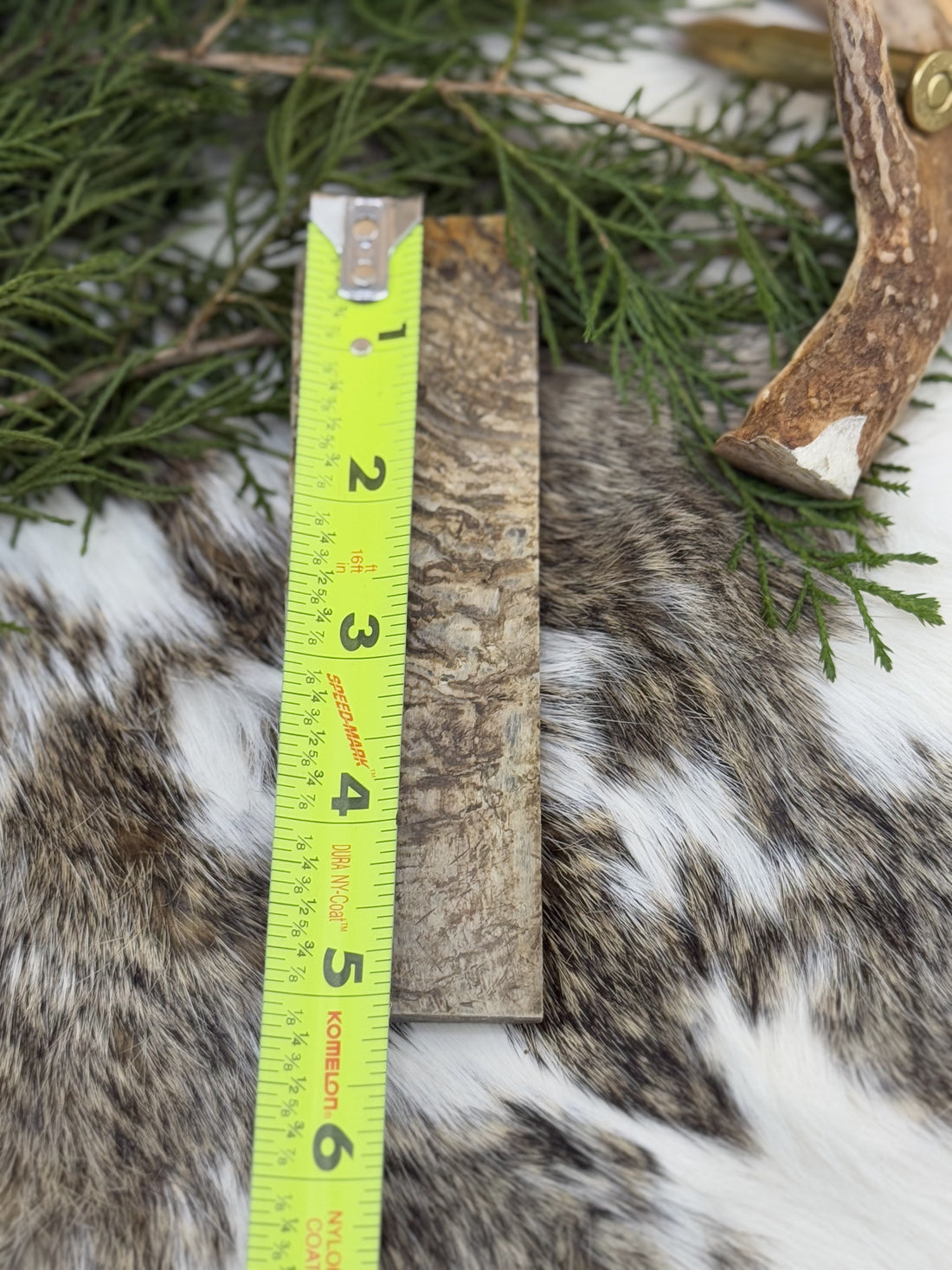Imagine you're out in the wilderness, the sun setting as a cool breeze rustles through the trees, and your firewood needs splitting for a warming campsite glow. The tool in your hand that seamlessly transitions from carving to slicing and splitting is none other than an expertly crafted knife. Knives hold a special place in both practical and expert realms, from aiding culinary endeavors in the kitchen to being indispensable tools for outdoor adventures.
Knife making is a blend of art and engineering, each blade forged with precision and intent for its designated role. Understanding the components that define a quality knife is essential for anyone keen on selecting the perfect tool for their needs. The process starts with choosing the right method of creation—whether it's traditional forging, where the metal is heated and shaped by hand, or stock removal, which involves shaping by grinding away parts from the blade blank. In both cases, the choice of steel is crucial as it impacts the blade's durability, rust resistance, and edge retention. High-carbon steels tend to offer exceptional sharpness and edge retention, which is why they are revered in professional circles.
The significance of handle ergonomics cannot be overstated; comfort in use reduces fatigue and increases precision. A well-balanced knife with an optimal weight distribution further enhances user experience. For those who rely on knives professionally, or indeed for survival, attributes such as balance, handle material, and blade length can be make-or-break factors. From filleting a catch of the day by the lakeside to preparing elaborate meals in a bustling kitchen, a knife's sharpness and ease of use matter greatly.
Various types of knives cater to distinct needs. Kitchen knives, like chef's knives and paring knives, are designed for precision and ease, making chopping and slicing efficient tasks. In the domain of survival, bushcraft knives are a testament to ruggedness, built to withstand the demanding outdoors and designed for tasks like carving, skinning, and even fire-starting. Hunting knives serve hunters by flawlessly executing field dressing tasks, ensuring clean cuts and ease of handling. Tactical blades find their place among military personnel and first responders, characterized by their versatile applications and robust build.
Knife safety and maintenance are crucial for longevity and effectiveness. Regular sharpening and proper storage can enhance a knife's life, while safe handling techniques prevent accidents. Using sharpening stones or honing rods can keep the blade at peak performance, ensuring each cut is as smooth as the first.
When searching for the perfect knife, avoid common pitfalls such as opting for aesthetically pleasing designs that compromise on functionality or selecting a blade that's either too large or small for your typical tasks. High-quality knives can be found both in custom creations and trusted brands renowned for their craftsmanship. Consider the specific needs your knife must meet, whether it's versatile bushcraft applications or the precision of a chef's knife.
We've delved into the fascinating realm of innovative knife making, highlighting its role across diverse applications and expert needs. Now is your chance to explore our curated selection of knives that bring craftsmanship and functionality together in perfect harmony. Discover blades that will not only meet but exceed your expectations. Whether you're a seasoned outdoor enthusiast or a culinary artist, our knives are designed to be reliable partners in your journey. Click here to browse our collection and make the decision to own the tools that professionals trust. Your next adventure awaits, armed with the finest in knife craft—get started today!

